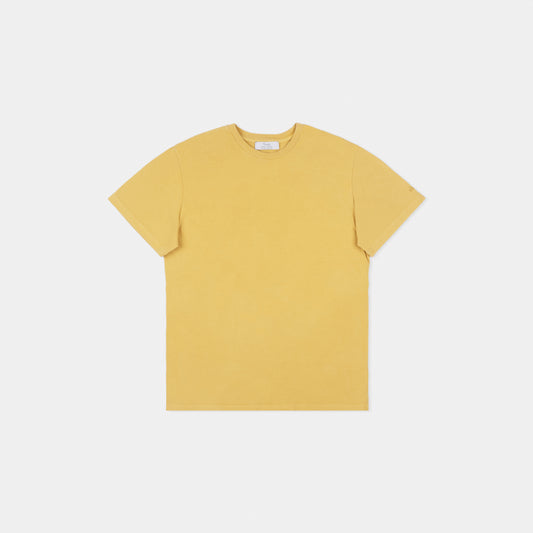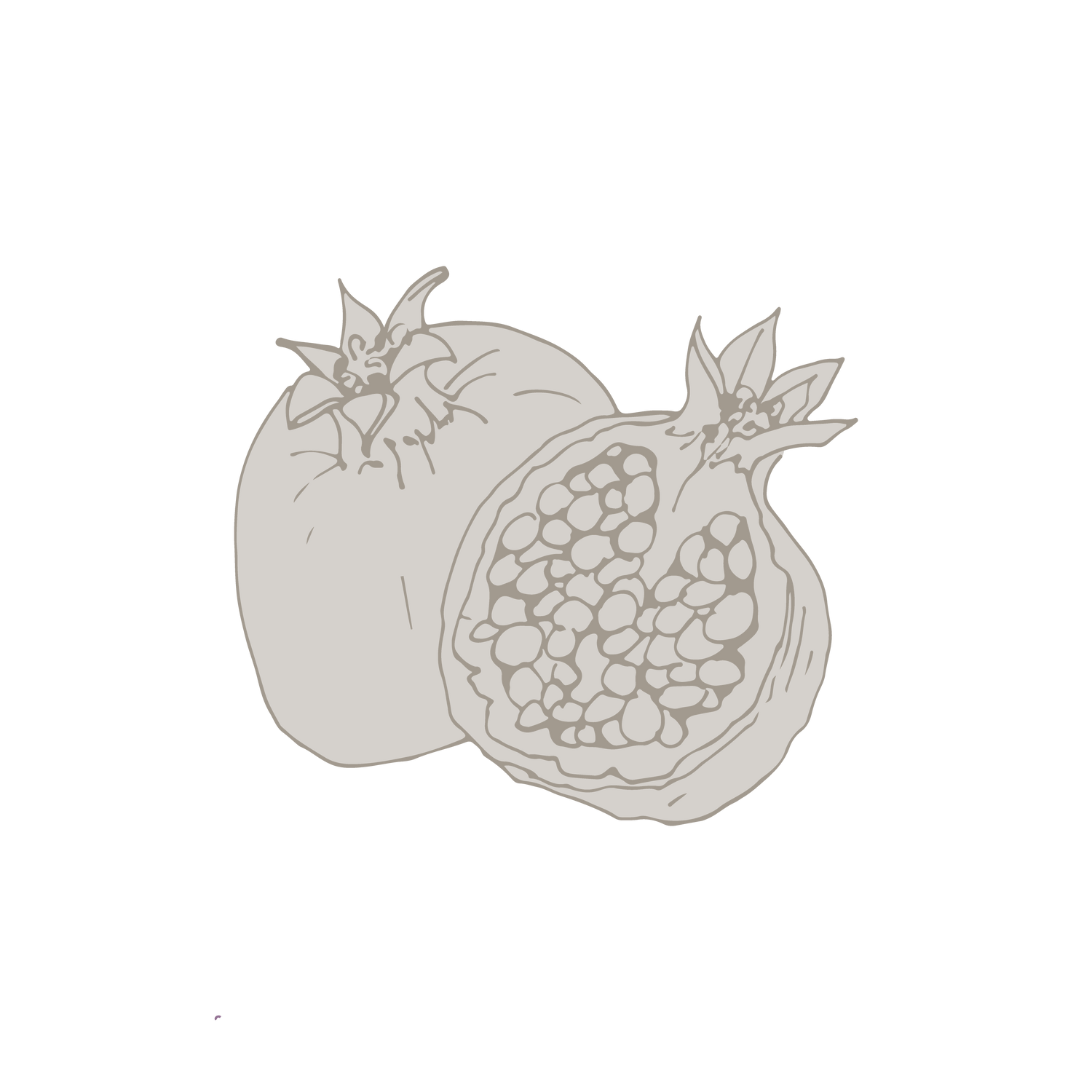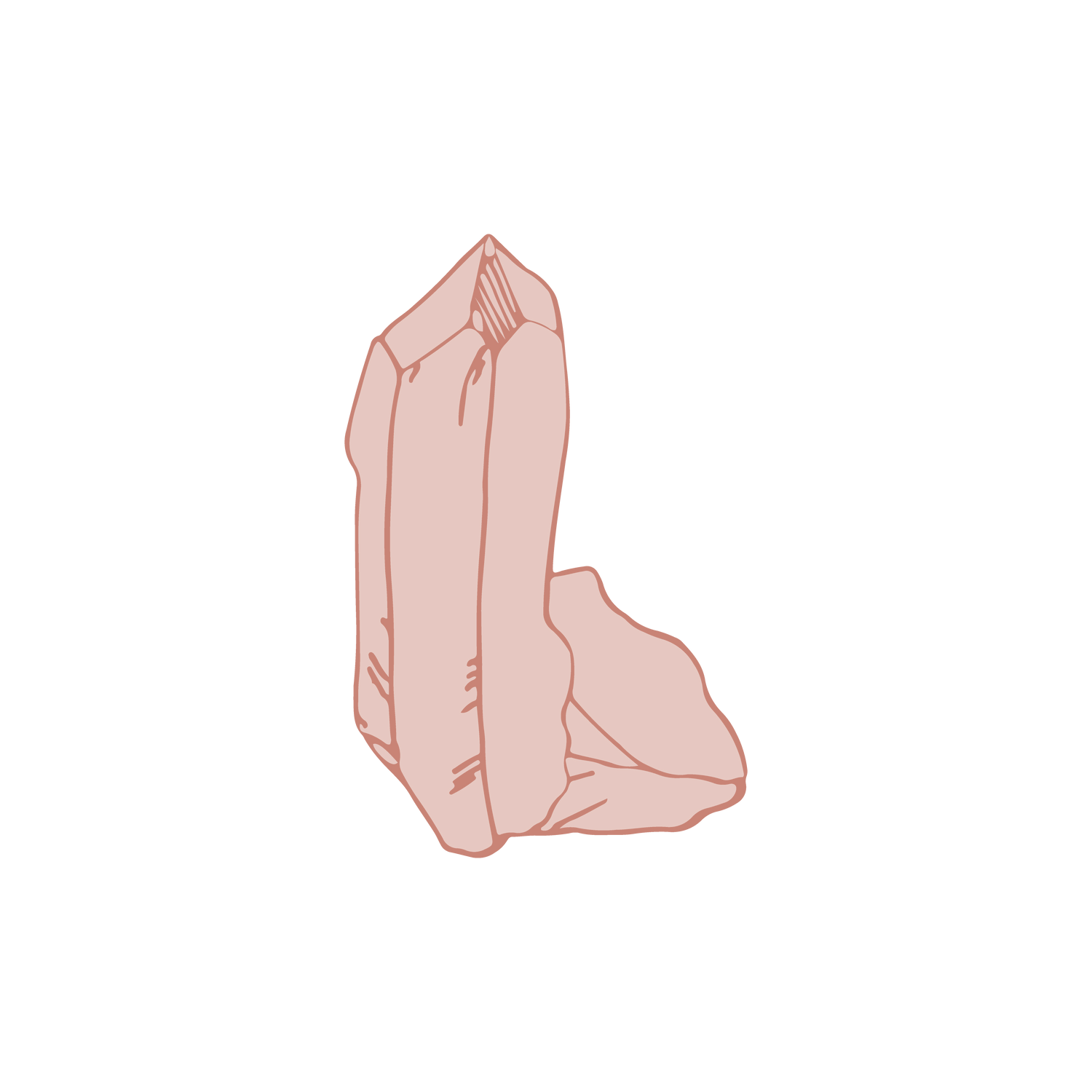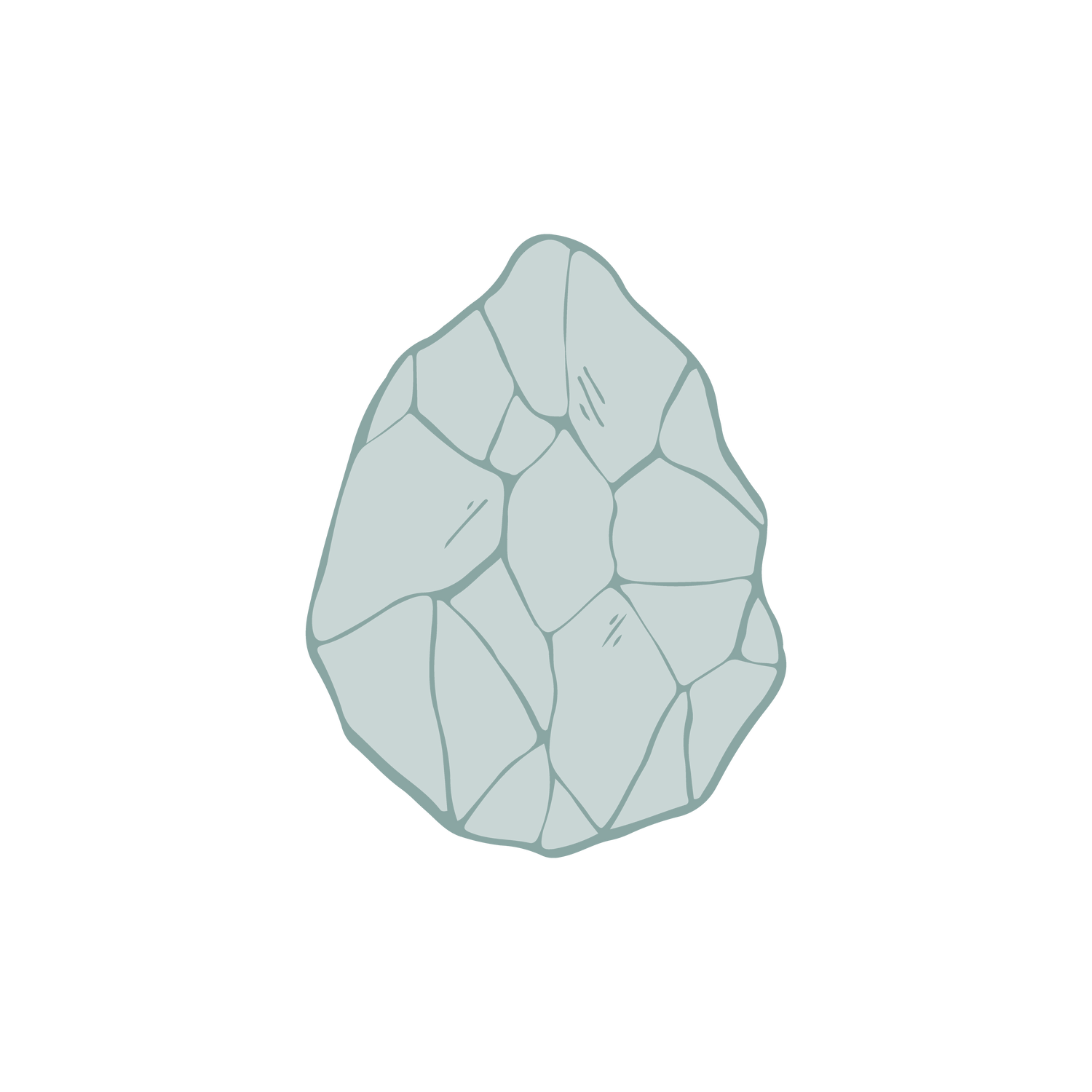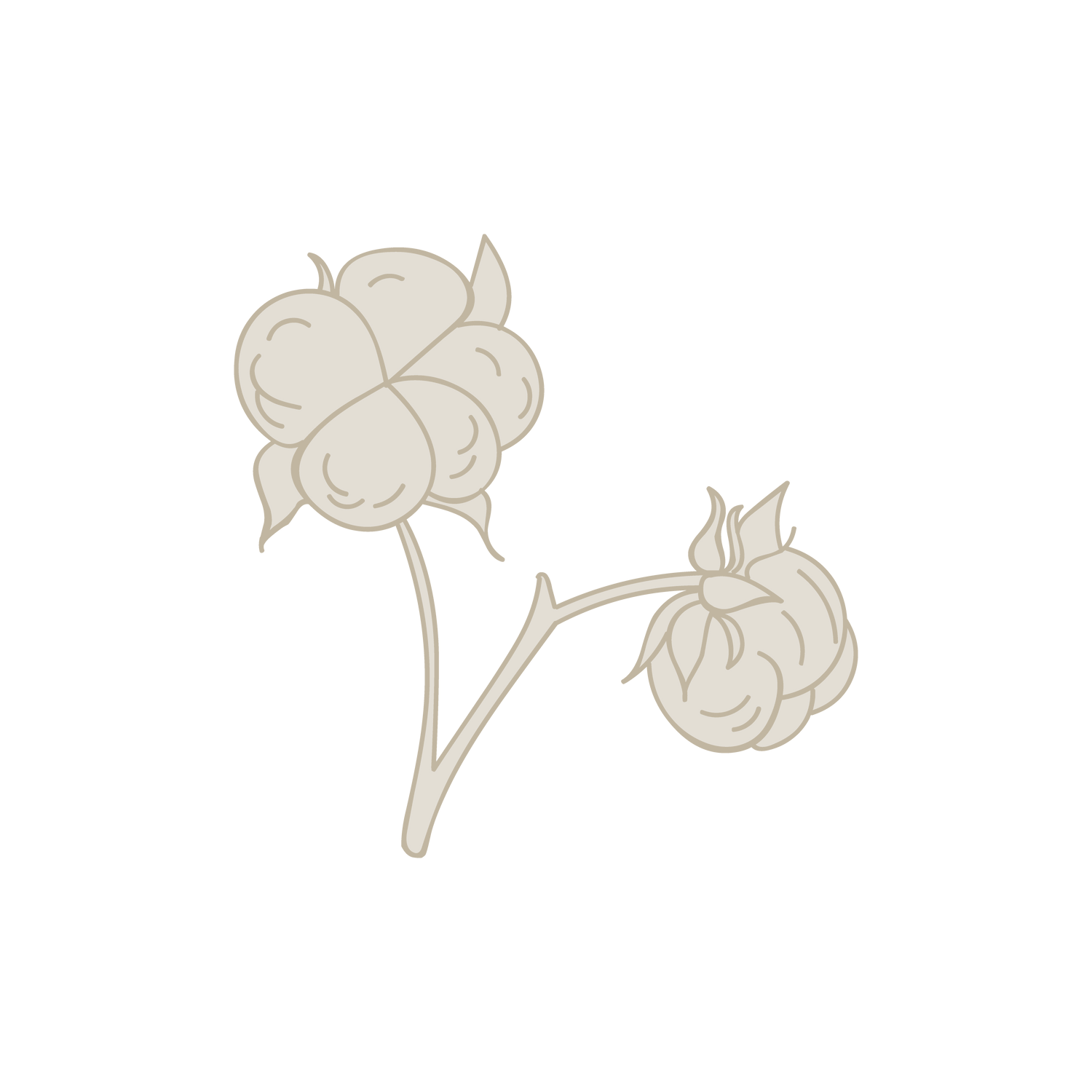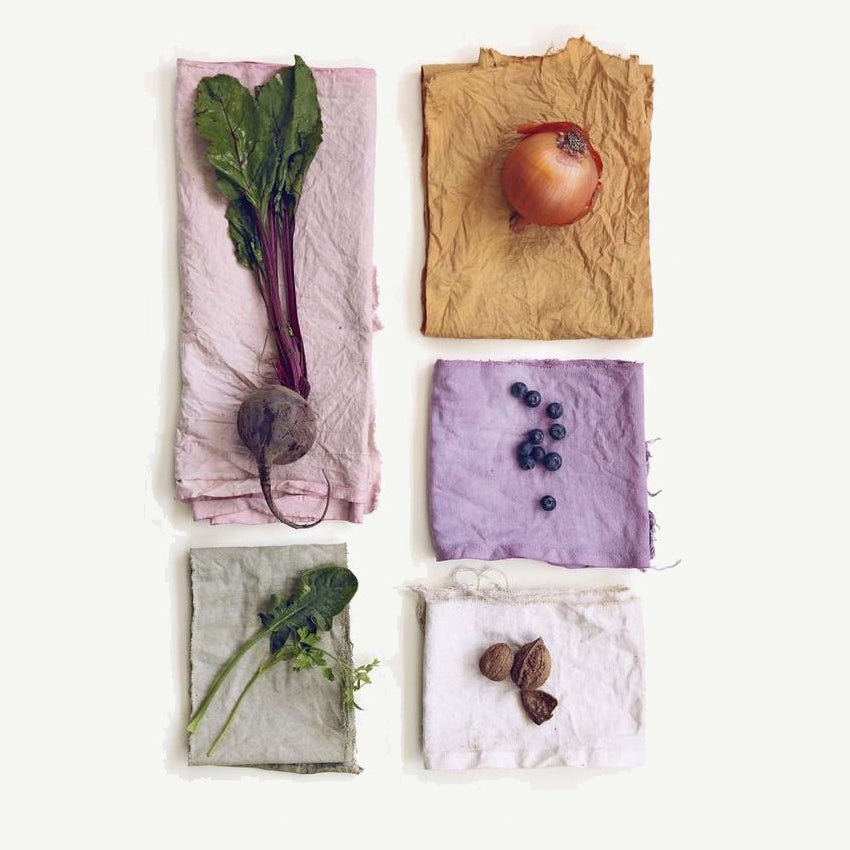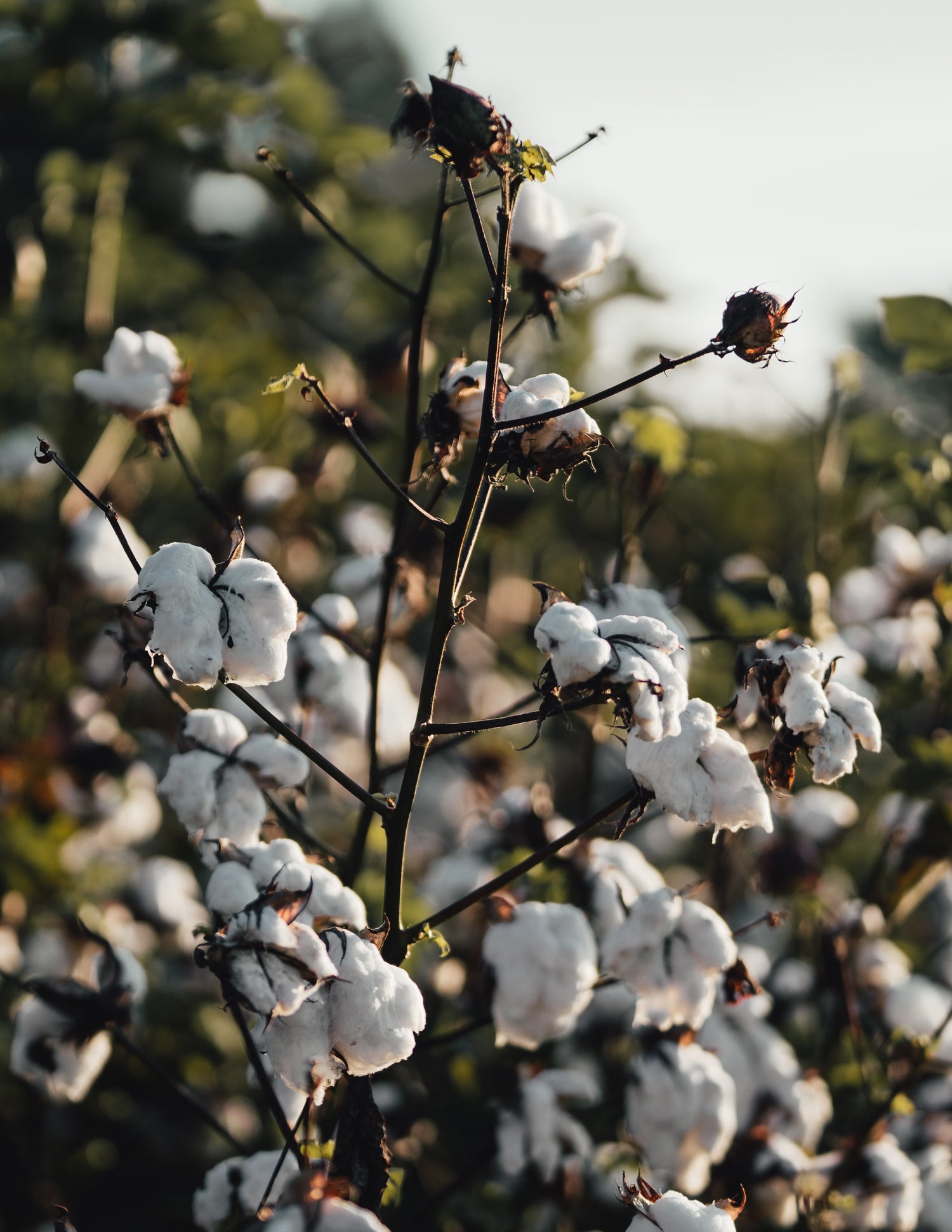PIGMENTS The skins of the golden onion are both rich in tannin, a polyphenol common to many plants especially in the roots and bark which gives the beige, beige-yellow colour. We recognize it by its astringency when we drink aged wines or eat unripe fruit. The pigment that distinguishes the golden onion is quercetin, which gives the mustard yellow color in the presence of aluminum and green/grey in the presence of iron. Dyeing can be by mordant or direct. As a direct dye it is very clear and can be a good helper in fixing other natural dyes. The extraction takes place in hot water. THE PROPERTIES CONFERRED TO THE FABRIC Clinical studies have demonstrated the effectiveness of onion-dyed fabrics in protecting against UV rays and bacterial infections. This improves the health of immunocompromised individuals with sensitive skin. The dyed fabric resists perspiration better and also seems to have an effect on eczema-stressed skin. THE MEDICAL PROPERTIES The onion as a whole bulb has many medicinal properties. Scientific research has highlighted antimicrobial, antioxidant, analgesic, anti-inflammatory, antidiabetic, hypolipidemic, antihypertensive and immunoprotective properties. The peels rich in quercetin are a powerful antioxidant that protects against free radicals released following stress from sudden changes in temperature and attacks by pathogens. CURIOSITY Onion bulbs were already used as food in antiquity, probably starting from 5000 BC. The ancient Egyptians made them a cult object, associating their spherical shape and concentric rings with eternal life. The use of onions in burials is demonstrated by the remains of bulbs found in the eye sockets of Ramesses II. The Egyptians believed that the strong aroma of onions could give breath back to the dead. In ancient Greece athletes ate onions in large quantities, as it was believed to lighten the blood, while Roman gladiators rubbed their bodies with onions to firm up their muscles. In the Middle Ages onions had great importance as food, so much so that they were used to pay rent and as gifts; doctors prescribed onions to relieve headaches, to treat snakebites and hair loss. The onion was introduced in Central America by Christopher Columbus on his 1493 trip to Haiti but in the north it was already known: Chicago, in fact, means "Field of Onions" in the Algonquian language.




